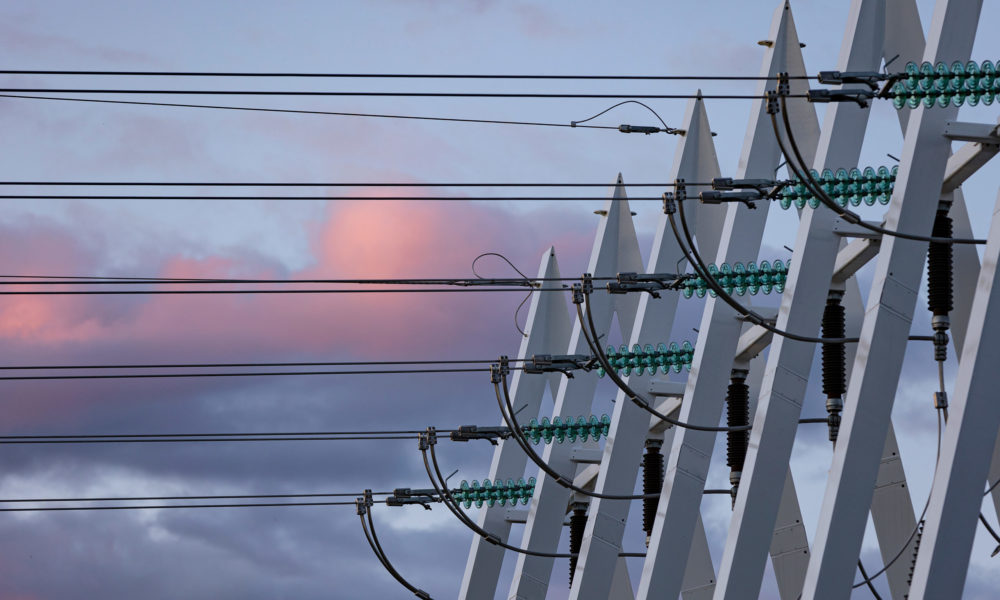Long electricity outages in Finland have been rare in recent years, but the possibility always exists. Threats that could paralyse our electricity system include exceptionally extreme weather conditions, a combination of several technical faults, vandalism and sabotage.
A power shortage means that electricity production and import cannot cover consumption. Electricity market tools, such as balancing power and reserve markets can usually maintain the balance between production and consumption, but there are situations in which these tools are not enough. This creates a power shortage, and electricity consumption has to be disconnected.
The possibility of a power shortage is greatest in the winter, when electricity consumption is highest. It can also occur at other times, and the reason can be serious forecast errors and major faults in production or transmission capacity. Active participation in the balancing power markets reduces the risk of a power shortage.
In the case of serious disturbances, the electricity may be restored quickly – or it can take several hours. It can also take hours to restore company production and industrial consumption. The functionality of information systems and data traffic play a key role in this process.
Power shortage situations require seamless cooperation between Fingrid, transmission system operators in neighbouring countries, network companies, balancing power market parties and balance responsible parties. The responsibilities and actions have been agreed in detail. The operating model and practical cooperation were reviewed in detail at the event. Several development proposals were made, and Fingrid will begin working on these.
In terms of the power system, surplus situations can be just as challenging as deficit situations. Changes in the production structure may increase the number of surplus situations. Fingrid is planning operating models for these situations as well. •






